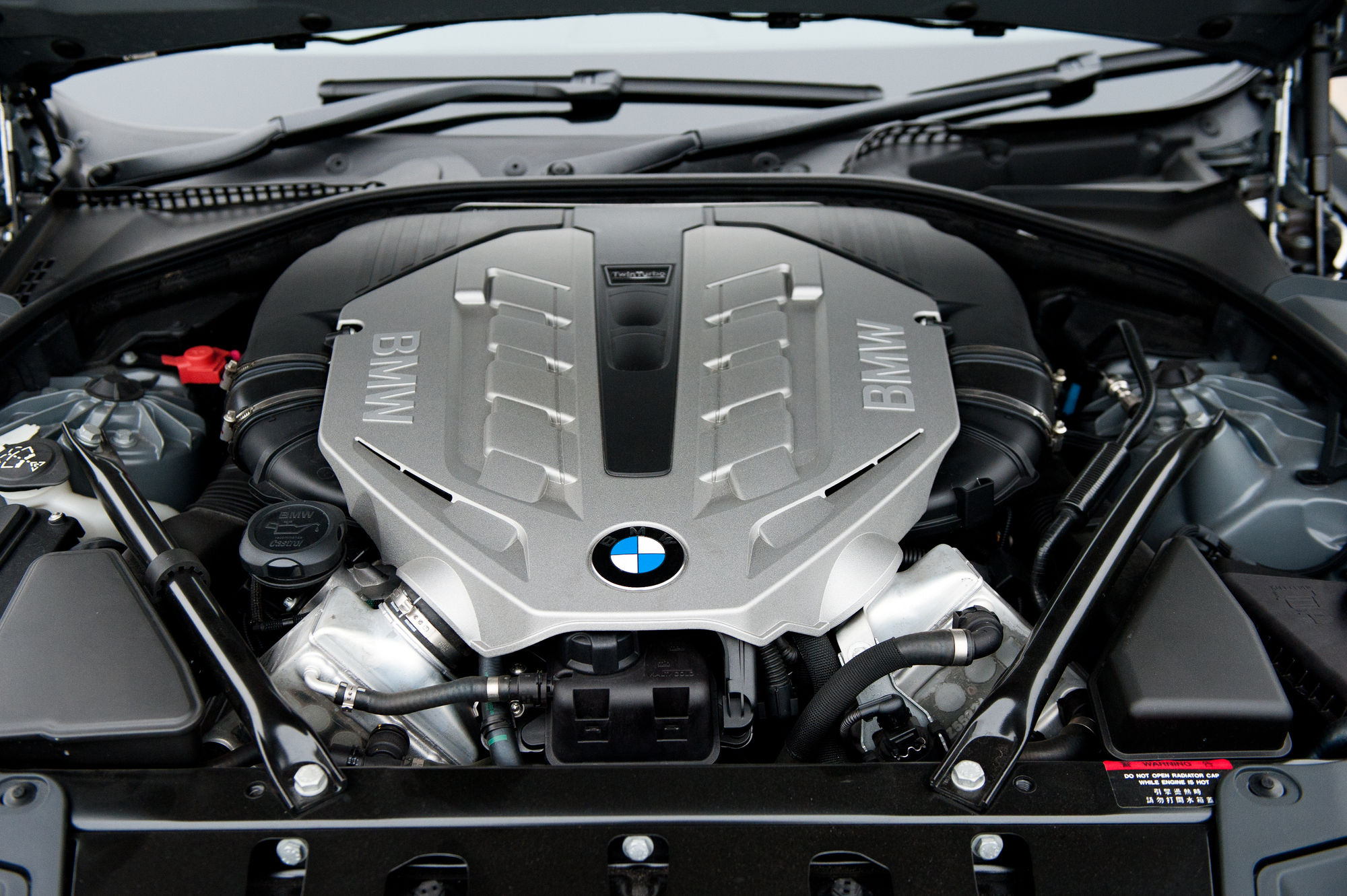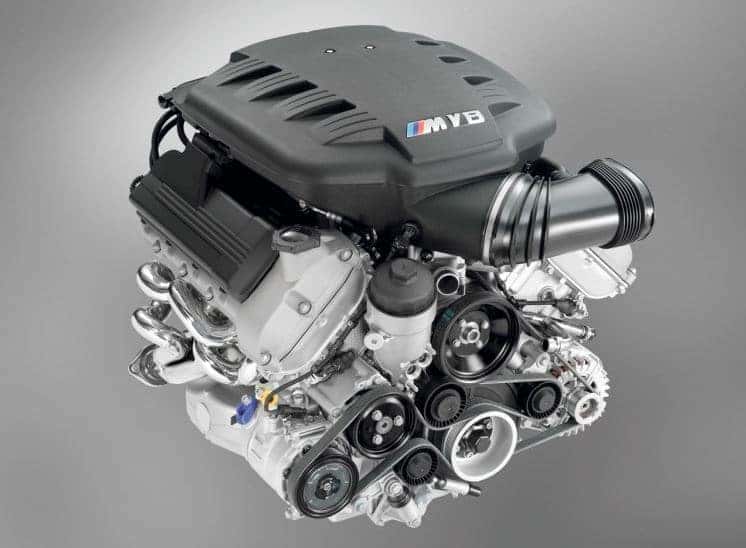Exploring the Development of Combustion Engines in Modern Transportation Solutions
As we browse the landscape of modern-day transport, the evolution of combustion engines stands as a testament to human ingenuity and engineering prowess. From their humble beginnings to the sophisticated powerhouses pushing lorries today, burning engines have actually undertaken an impressive trip of technology and adjustment. Recognizing the intricacies of this development not only drops light on the past however likewise leads the way for imagining what exists ahead in the realm of transportation innovation. The interaction of background, innovation, and environmental worries fit the trajectory of combustion engines develops a story that is both engaging and insightful.
Early Beginnings of Combustion Engines
Just how did the idea of burning engines first emerge in the beginning of transport development? The origins of combustion engines can be mapped back to the 17th century when the principles of inner burning were first checked out. In 1673, Christian Huygens conceptualized a fundamental internal burning engine that used gunpowder to produce power. It wasn't till the late 19th century that useful applications of burning engines in transportation began to arise.
The development minute came with the development of the first successful gasoline-powered engine by Karl Benz in 1885 - bmw engine. This engine led the way for the advancement of the modern-day automobile, reinventing transport systems worldwide. Subsequent advancements by Nikolaus Otto and Gottlieb Daimler better refined combustion engine innovation, bring about the mass production of cars and the quick expansion of the transportation market
These very early combustion engines were characterized by their simplicity and efficiency, laying the foundation for the complex and powerful engines used in modern-day transport systems. The advancement of burning engines has actually contributed fit the method we travel and carry products, marking a significant milestone in the background of transport advancement.
Shift to Internal Combustion Modern Technology
The change to inner combustion technology marked a crucial change in the development of transportation systems. This change started in the late 19th century, with creators like Nikolaus Otto and Gottlieb Daimler developing the initial effective internal burning engines. These engines reinvented transportation by offering an extra effective and effective alternative to vapor engines and electric motors.
One of the vital advantages of internal burning engines was their ability to be reduced to fit right into cars, leading to the growth of vehicles and motorcycles. This change from bulky, fixed engines to compact, mobile ones led the method for the modern transportation systems we see today.
The transition to interior burning innovation additionally spurred advancements in fuel technology, bring about the development of fuel and diesel as main fuel resources for cars. This change not only made transport more easily accessible to the masses however likewise laid the structure for the oil and gas industry to end up being indispensable to worldwide economic situations.
Impact of Combustion Engines on Transportation
The fostering of combustion engines in transportation systems militarized an extensive shift in the effectiveness and rate of international movement. Burning engines changed transportation by supplying a flexible and trustworthy resource of power for various cars, including cars, trucks, ships, and aircrafts. This advancement substantially boosted the capability for people and products to move over long distances in shorter time published here structures, leading to boosted connection in between regions and nations.
Furthermore, the prevalent use of burning engines has actually had a substantial influence on financial development. The capacity to move goods effectively has spurred trade and business, enabling businesses to broaden their markets and get to customers worldwide. This has actually promoted economic growth and globalization, as items can currently be carried quicker and in larger quantities than ever previously.
Nonetheless, the ecological effect of burning engines can not be neglected. The combustion of fossil gas has actually brought about air contamination and greenhouse gas discharges, adding to climate modification and positioning health risks to populations. bmw engine. Therefore, there is a growing emphasis on establishing alternative propulsion modern technologies to alleviate these negative impacts and develop a much more lasting future for transportation
Advancements in Combustion Engine Layout
One notable development is the advancement of turbocharged engines, which utilize exhaust gases to drive a turbine that compresses incoming air, allowing for even more gas to be scorched, resulting in boosted power outcome without a considerable boost in engine size. Variable valve timing systems have actually additionally reinvented engine style by enhancing airflow at different engine rates, boosting both power and effectiveness. These developments collectively add to the continual enhancement of combustion engines in modern transport systems.
Future Patterns in Combustion Engine Development
With modern technology innovations driving constant development, the future of burning engine advancement is poised to revolutionize transport systems internationally. One of the vital patterns in combustion engine growth is the press towards better effectiveness and reduced exhausts. Producers are investing greatly in r & d to enhance engine efficiency while satisfying rigorous ecological regulations. This consists of the integration of innovative fuel shot systems, enhanced turbocharging techniques, and using light-weight materials to maximize fuel intake and decrease carbon emissions.
An additional popular fad is the adoption of crossbreed technologies in burning engines. Hybrid engines incorporate conventional burning technology with electrical power, offering enhanced gas performance and lower exhausts. As the automotive market changes towards electrification, hybrid burning engines are viewed as a transitional service that connects the void between traditional automobiles and fully electric ones.
Furthermore, the combination of wise modern technologies, such as artificial intelligence and data analytics, is expected to play a considerable function in the future of burning engine growth. These modern technologies can maximize engine performance in real-time, bring about extra efficient burning procedures Full Article and boosted total lorry efficiency. Welcoming these future fads will certainly not just drive advancement in combustion engine advancement but also add to a more ecologically friendly and sustainable transportation community.

Conclusion
In verdict, the development of combustion engines in contemporary transport systems has been view publisher site noted by significant improvements in modern technology and layout. From the early starts of combustion engines to the shift to inner combustion technology, these engines have actually had a profound impact on transport.
The roots of combustion engines can be mapped back to the 17th century when the principles of inner combustion were first discovered. These engines reinvented transportation by supplying a much more efficient and effective option to steam engines and electrical motors.
